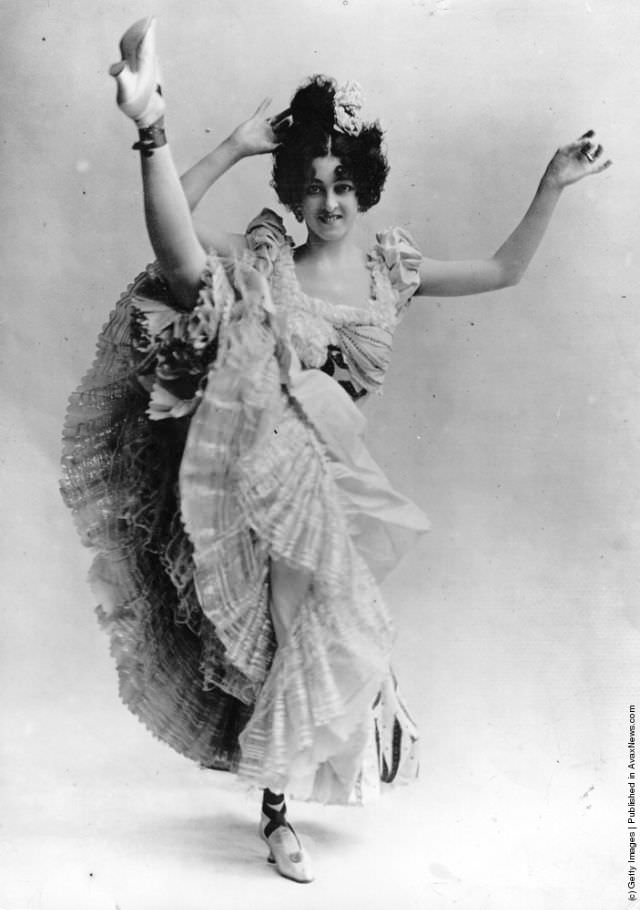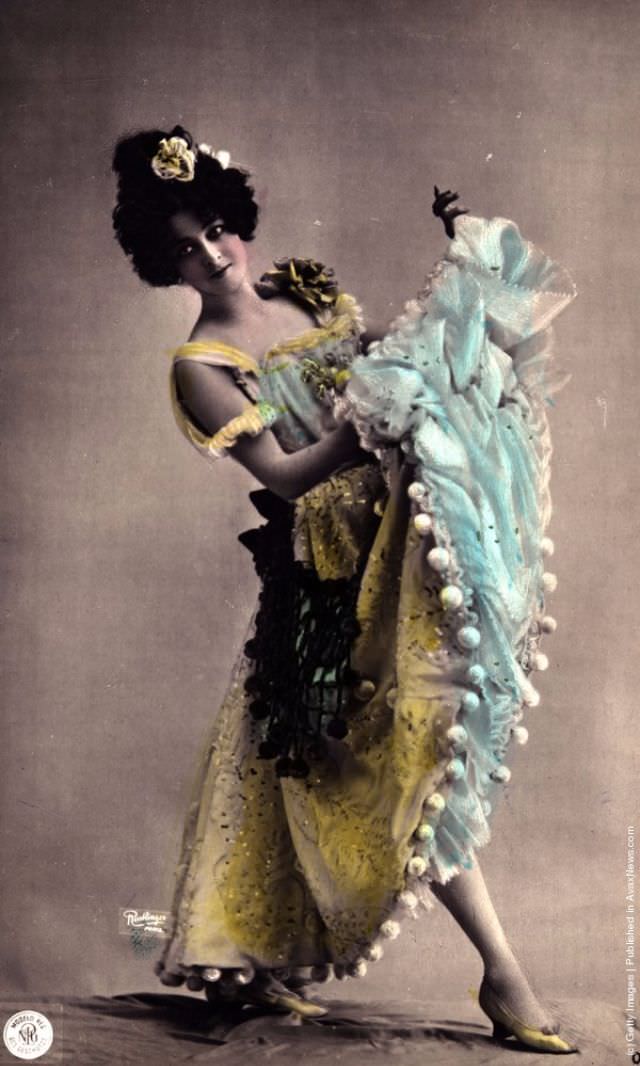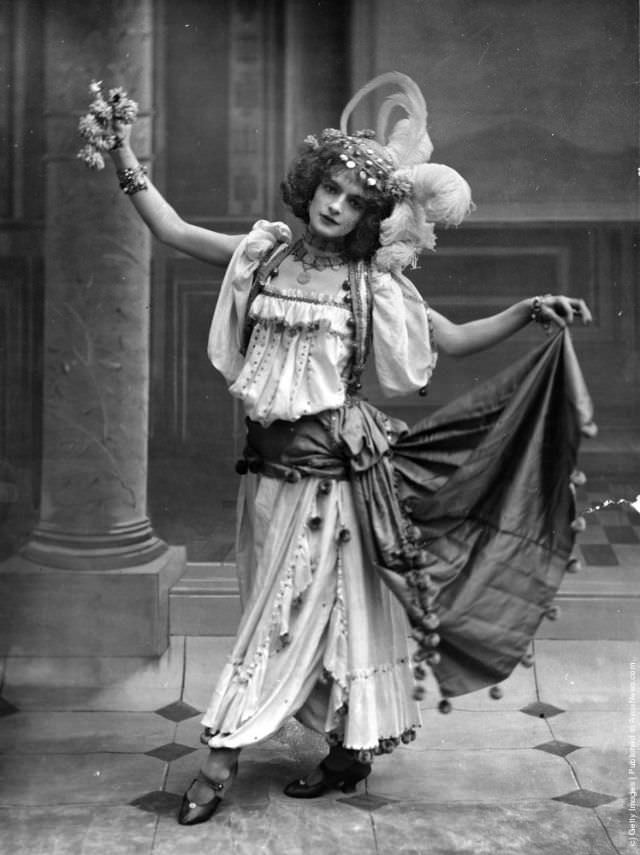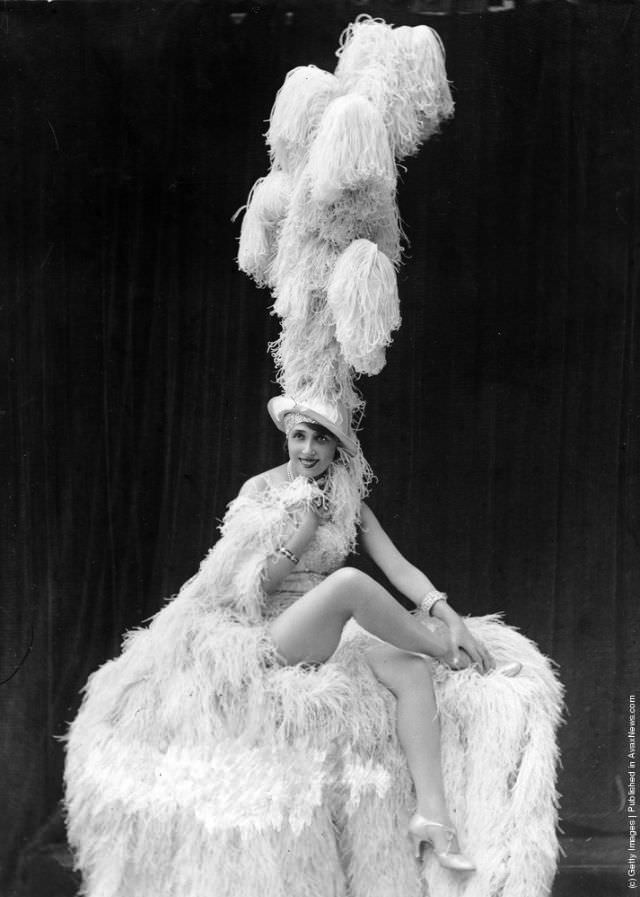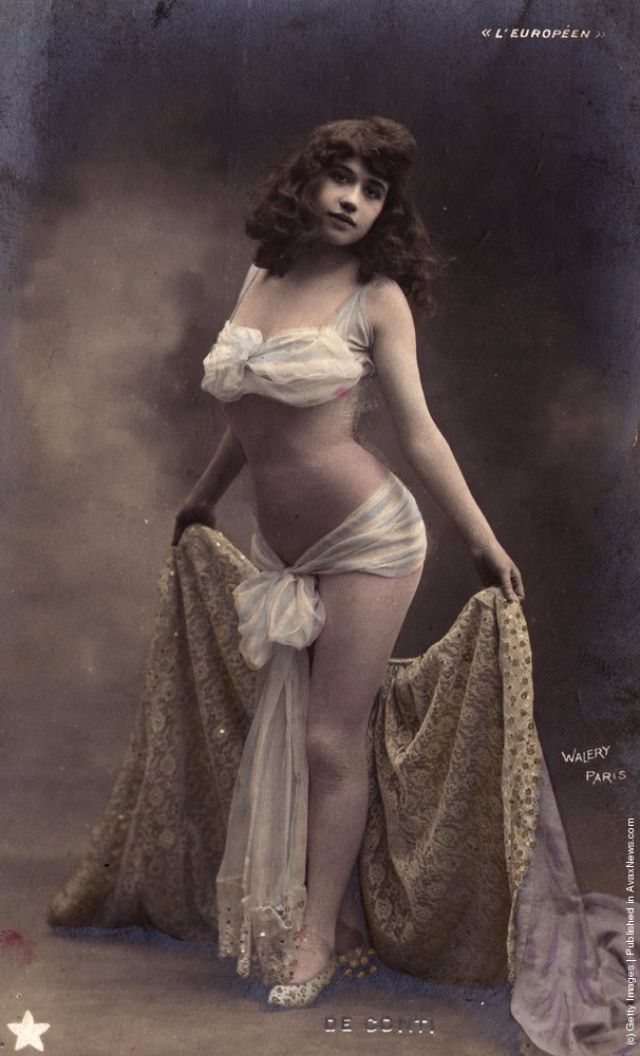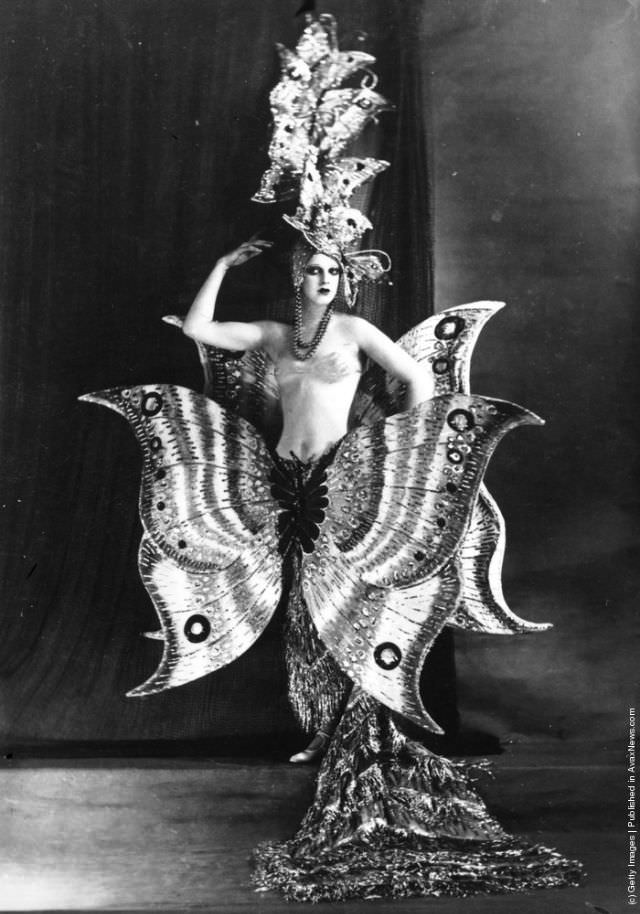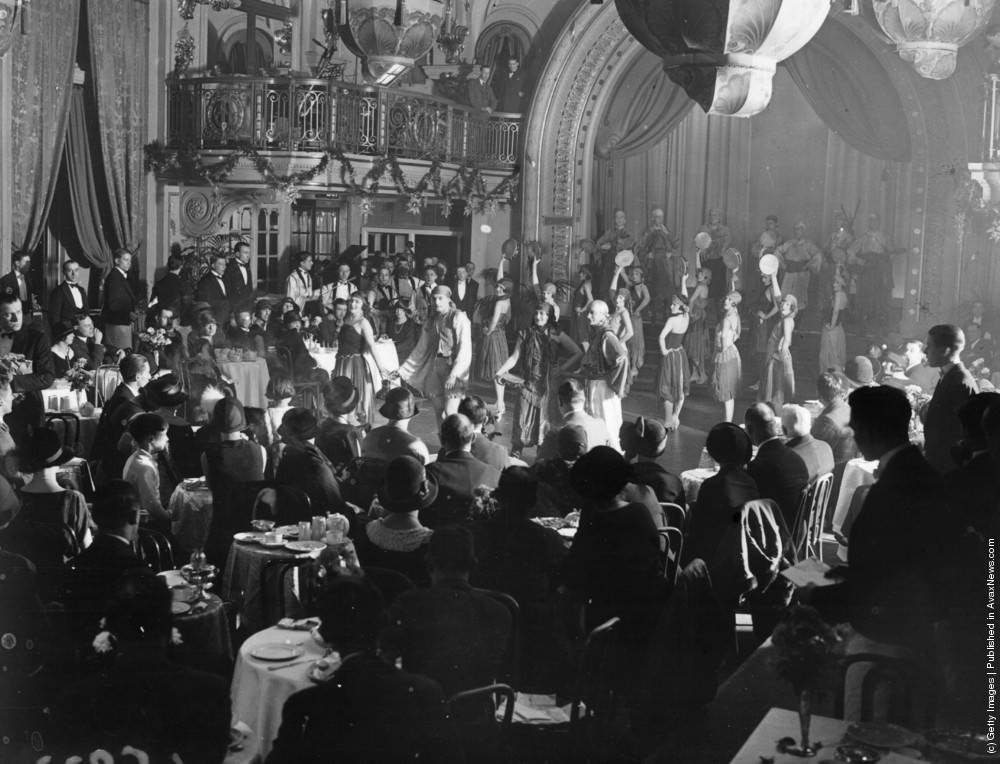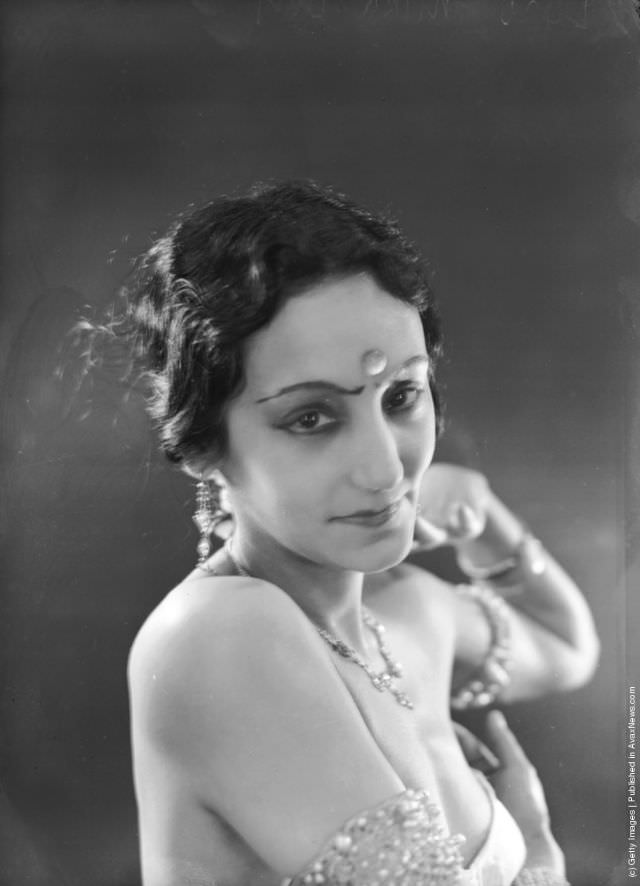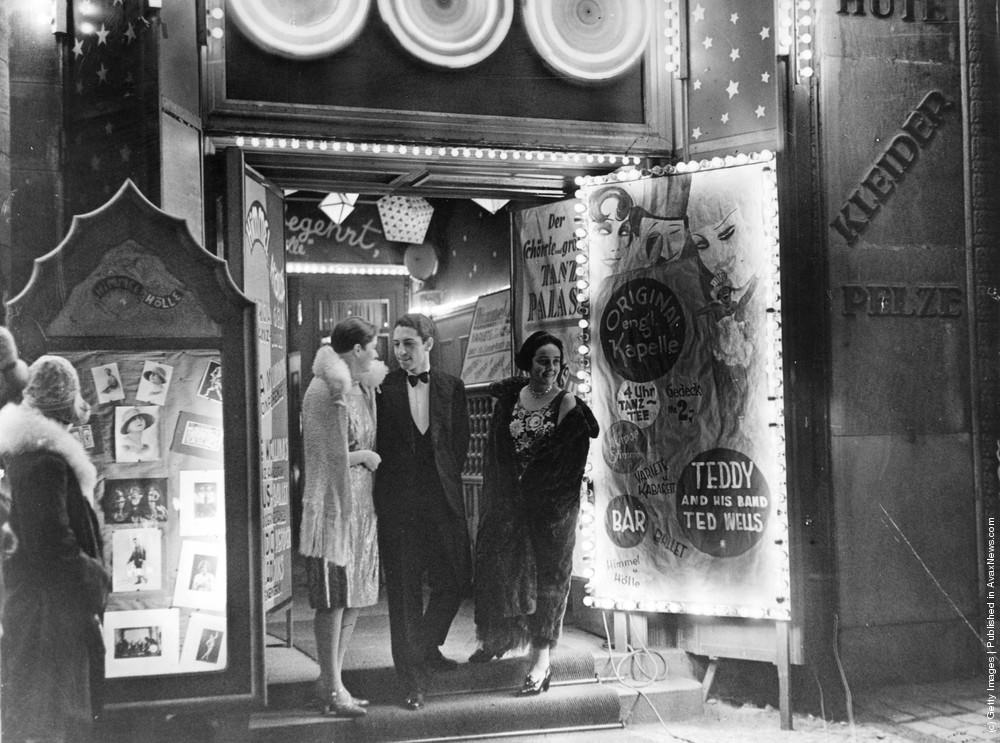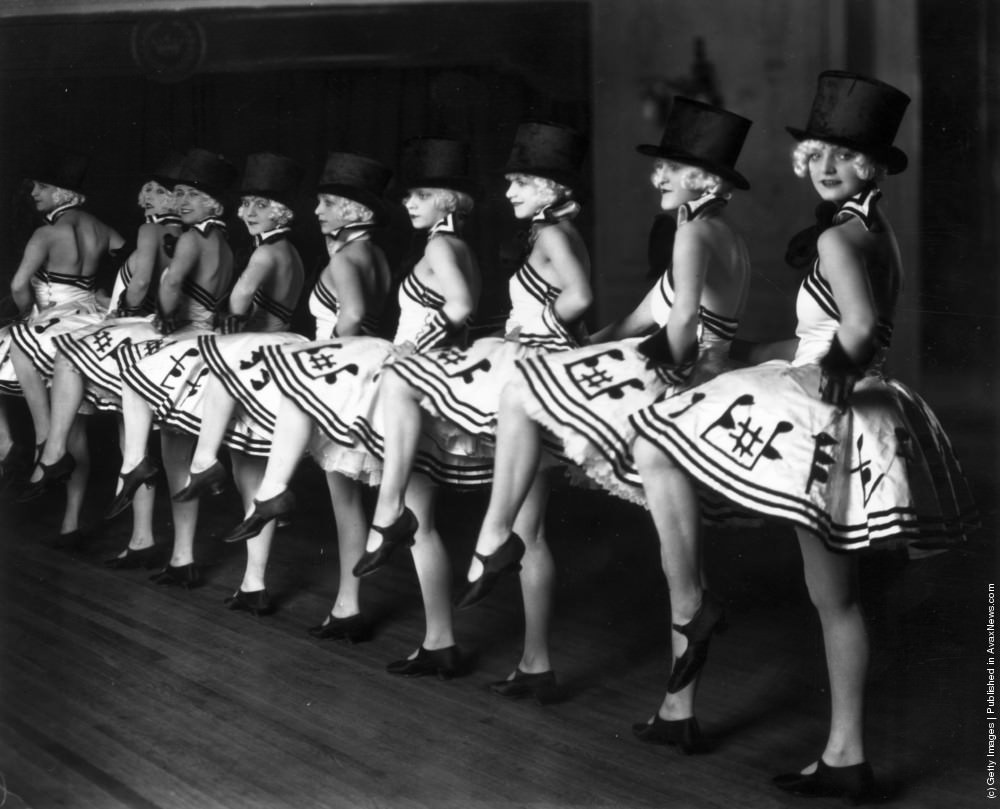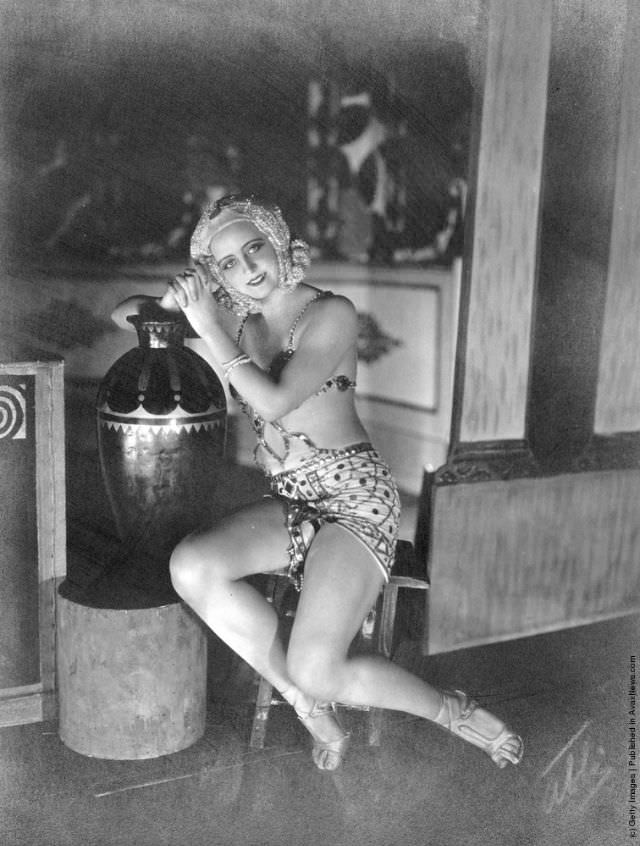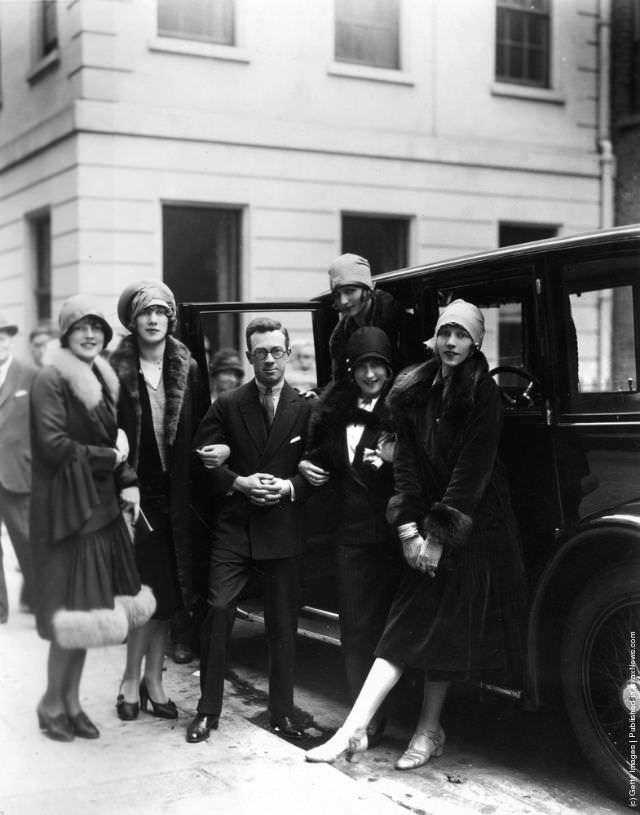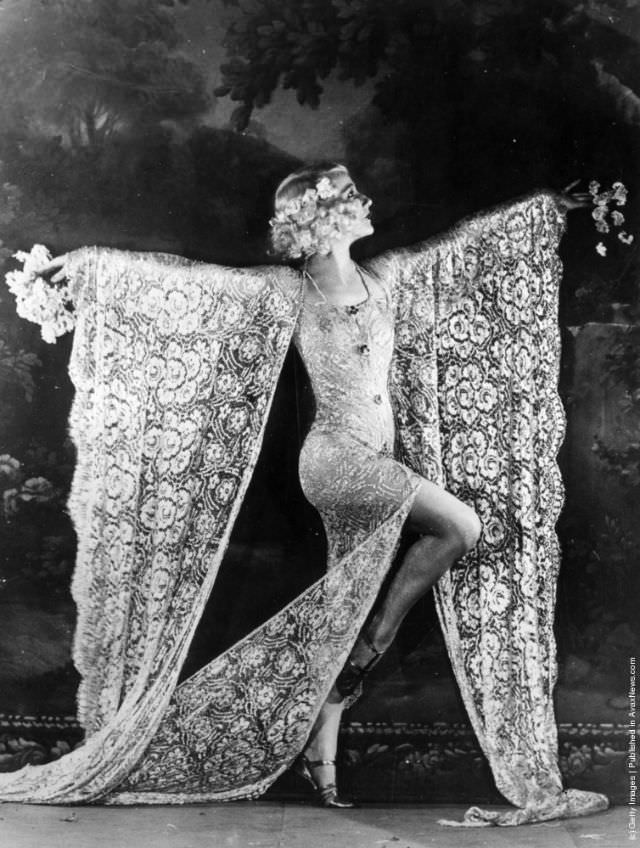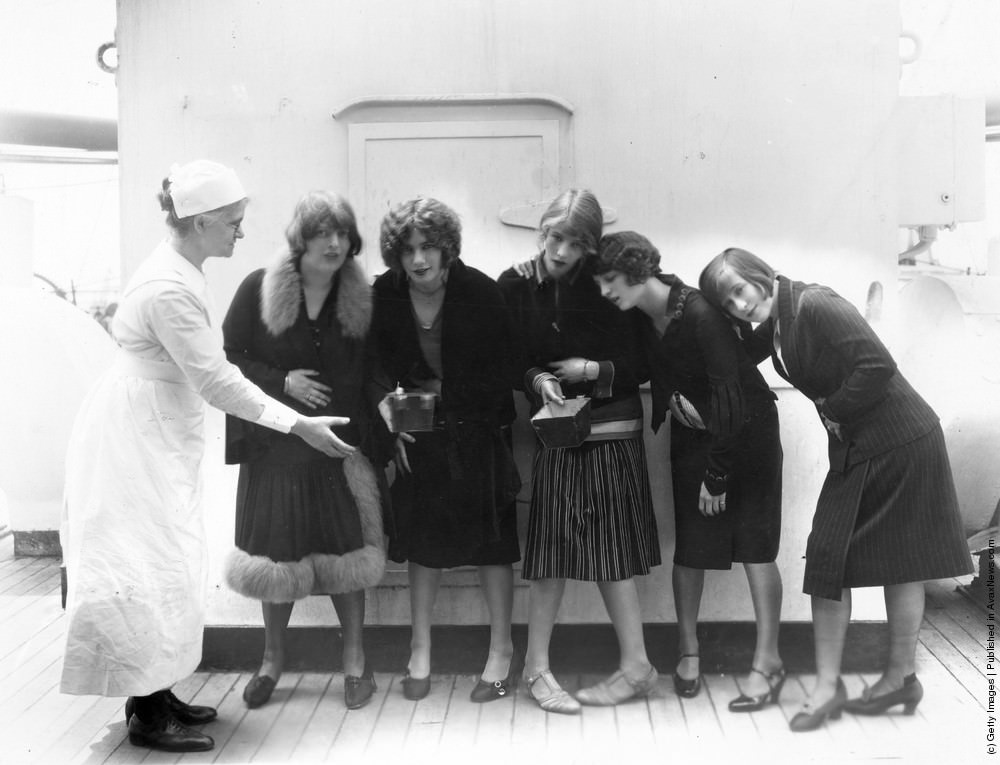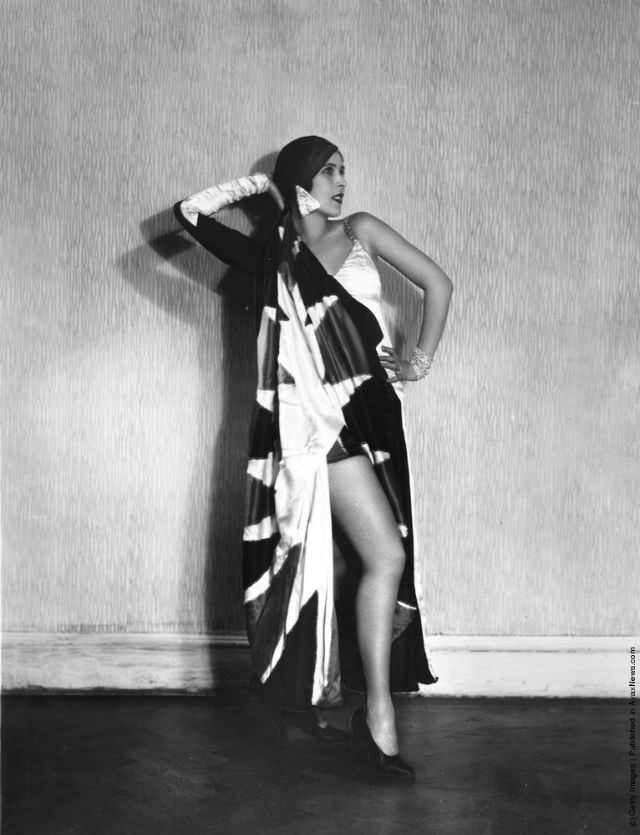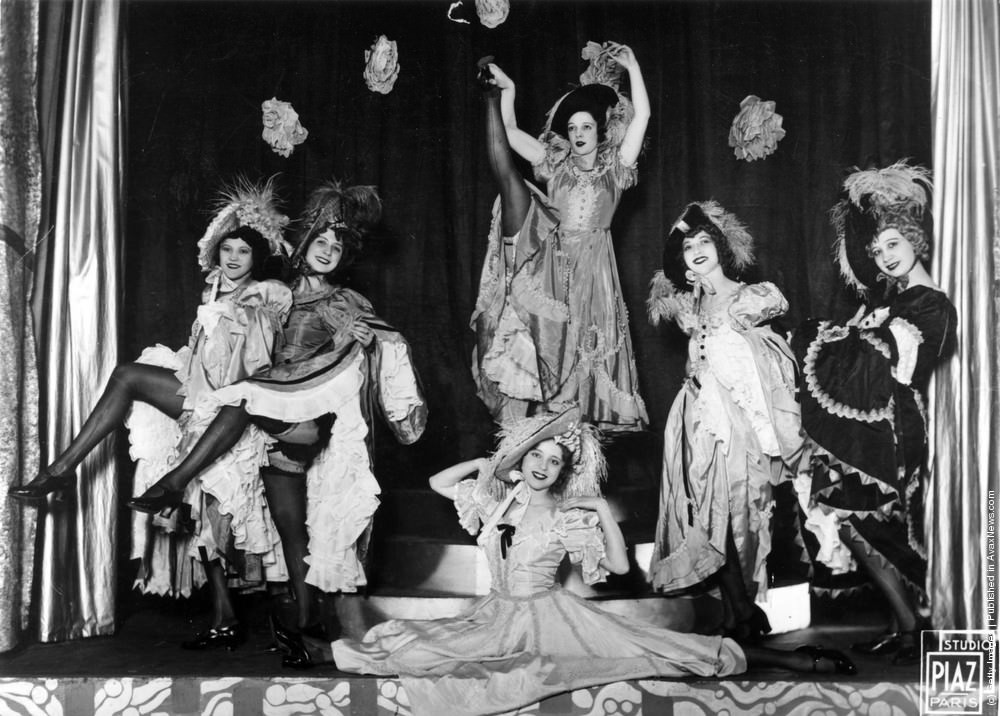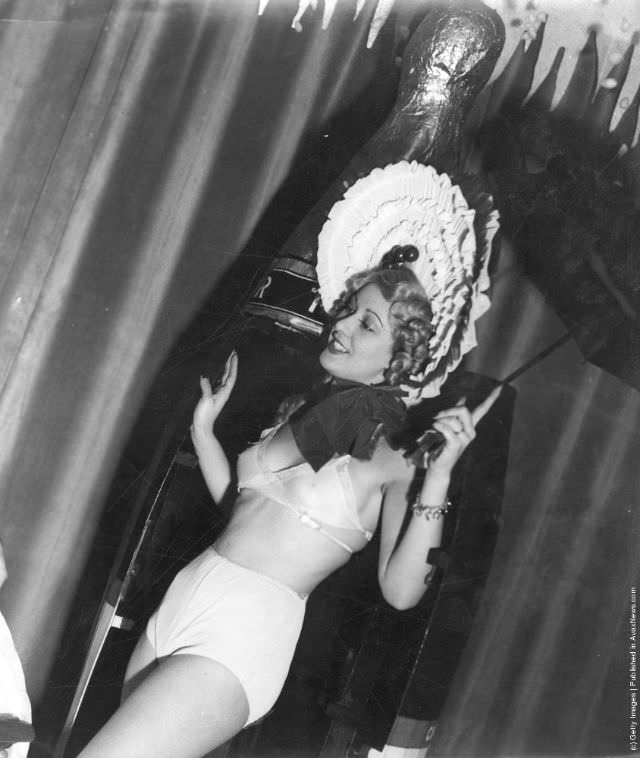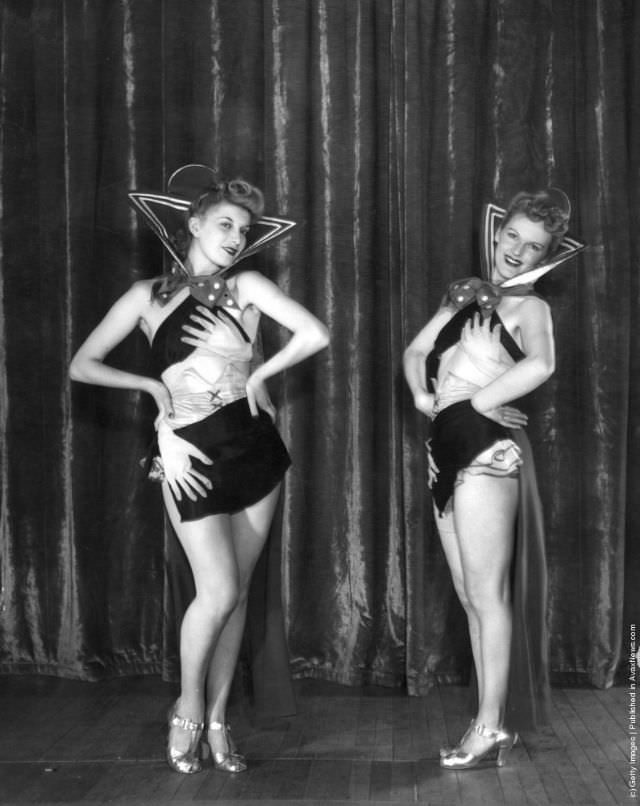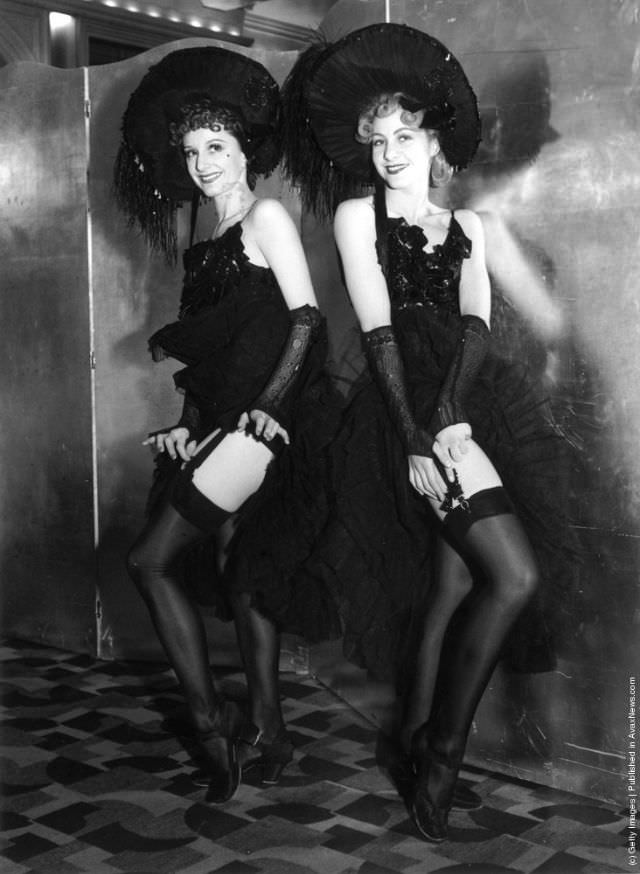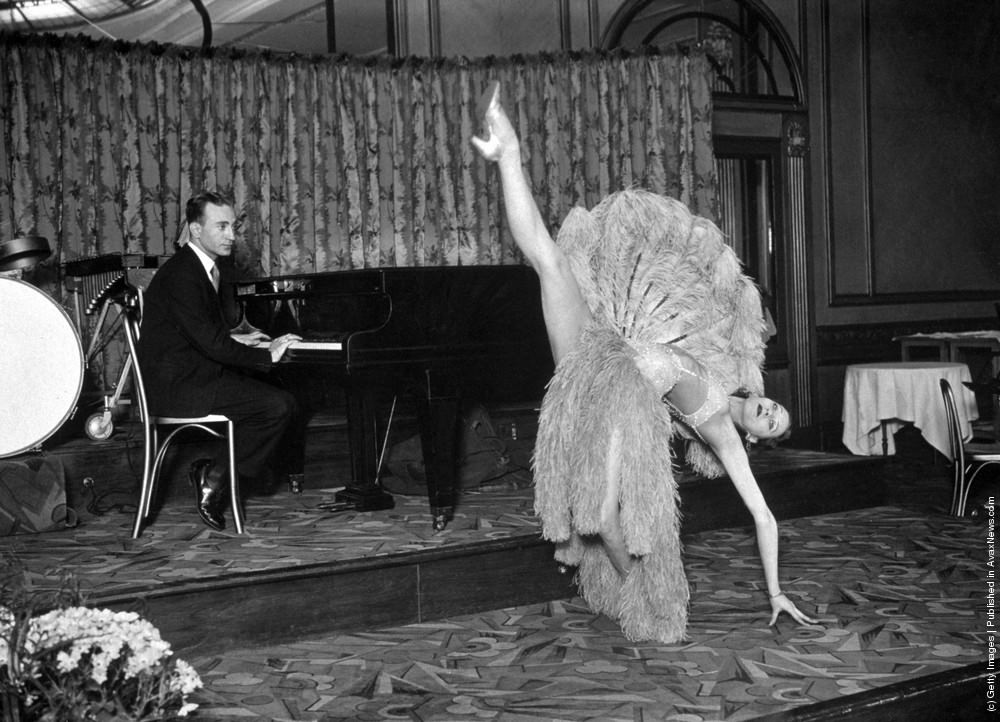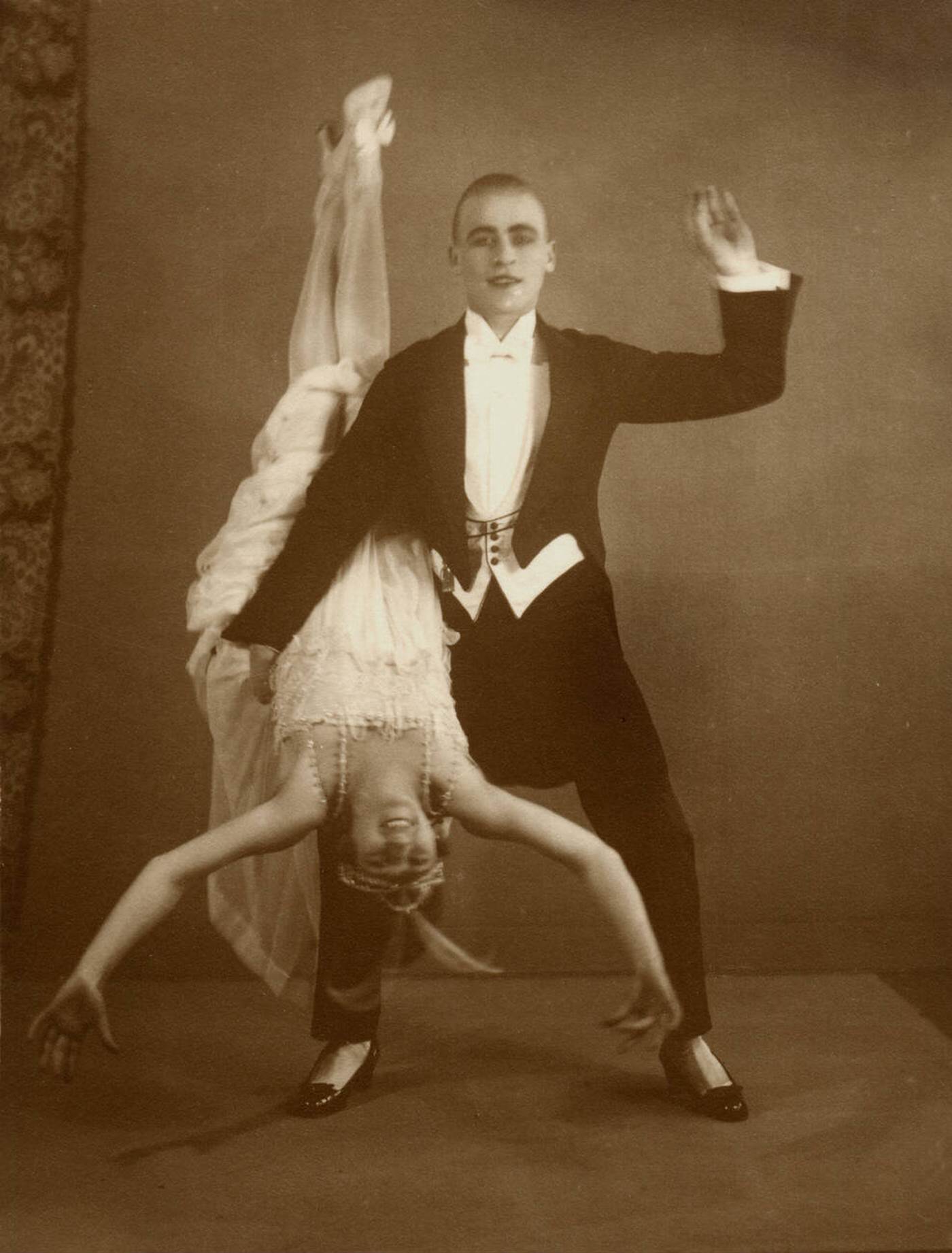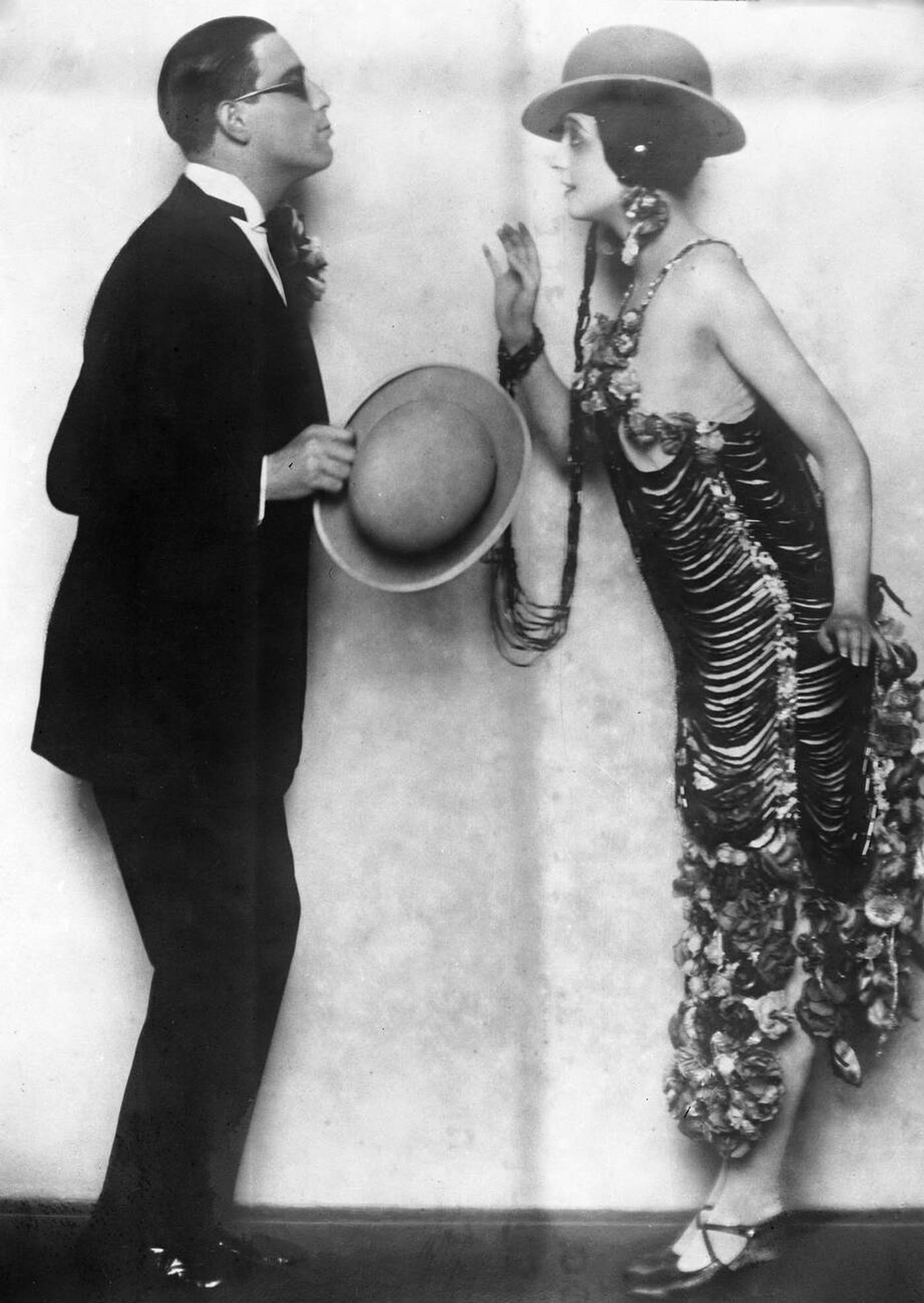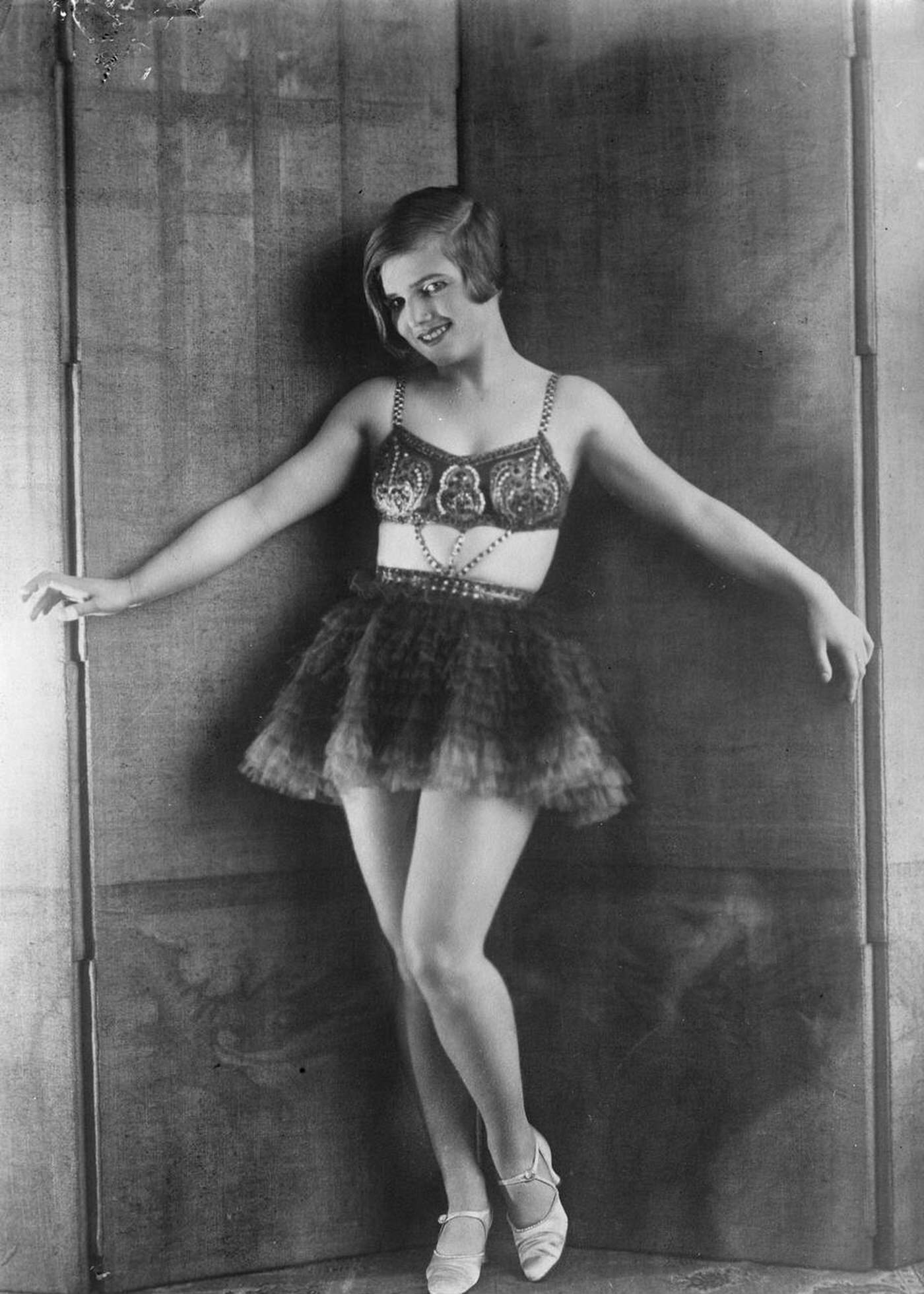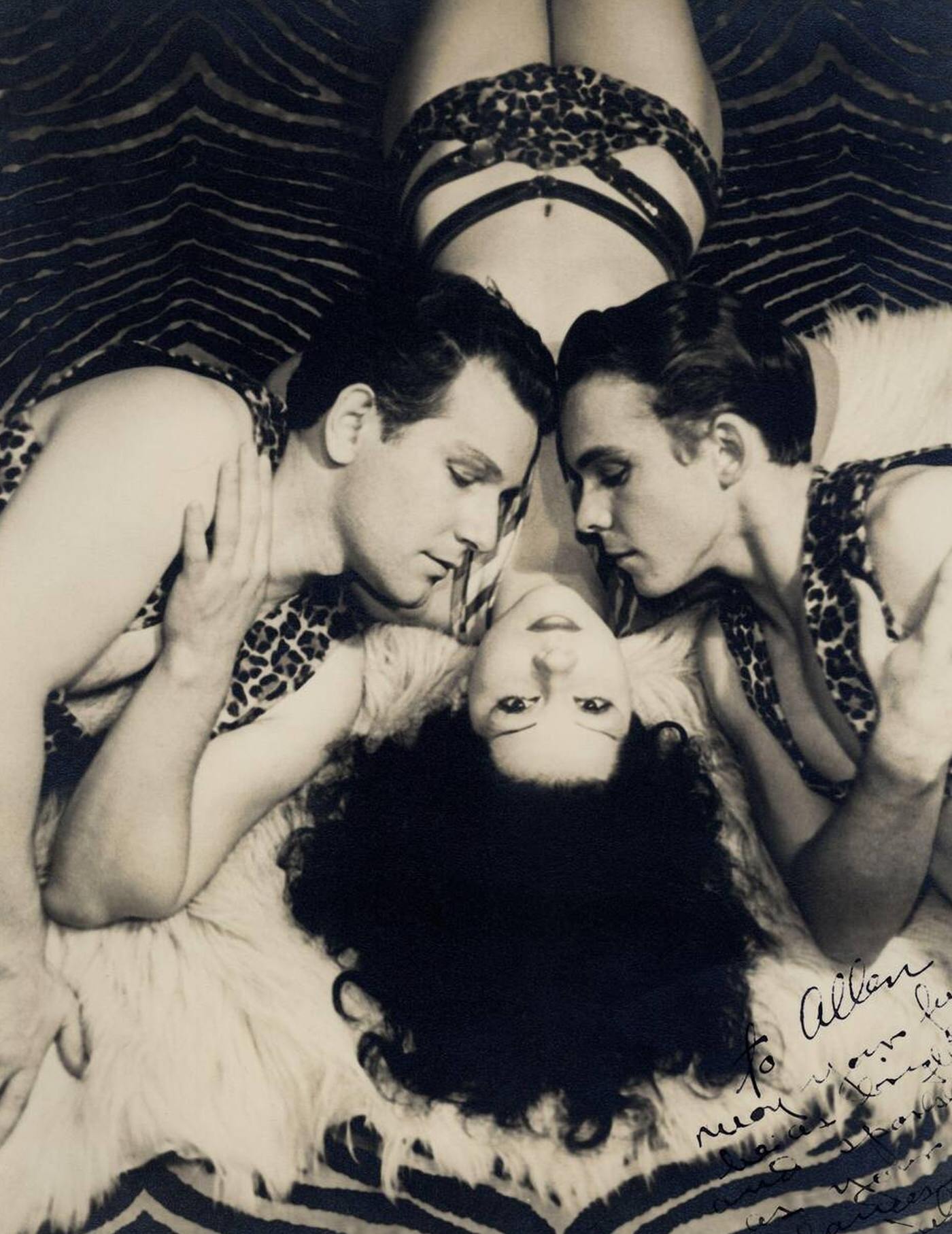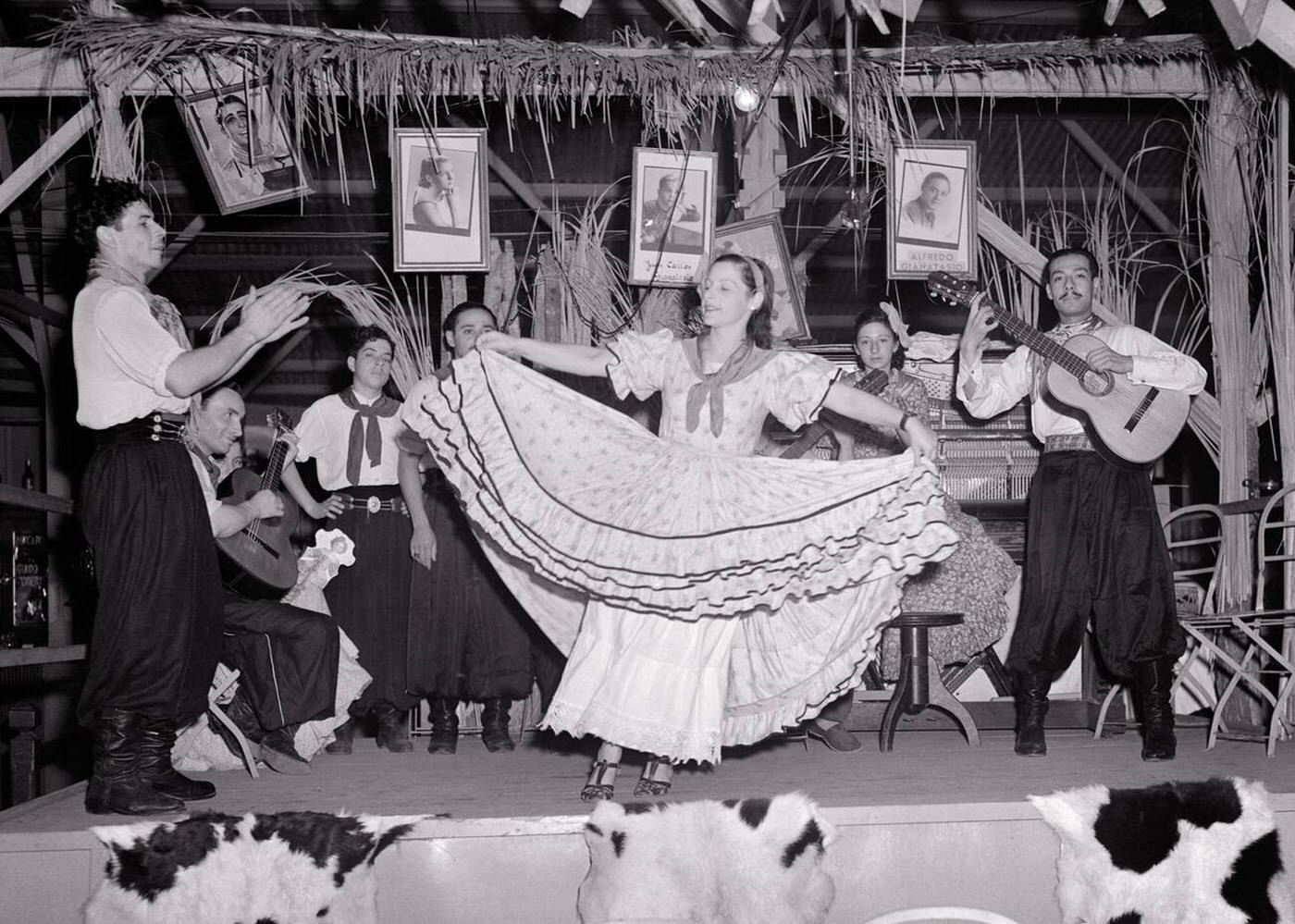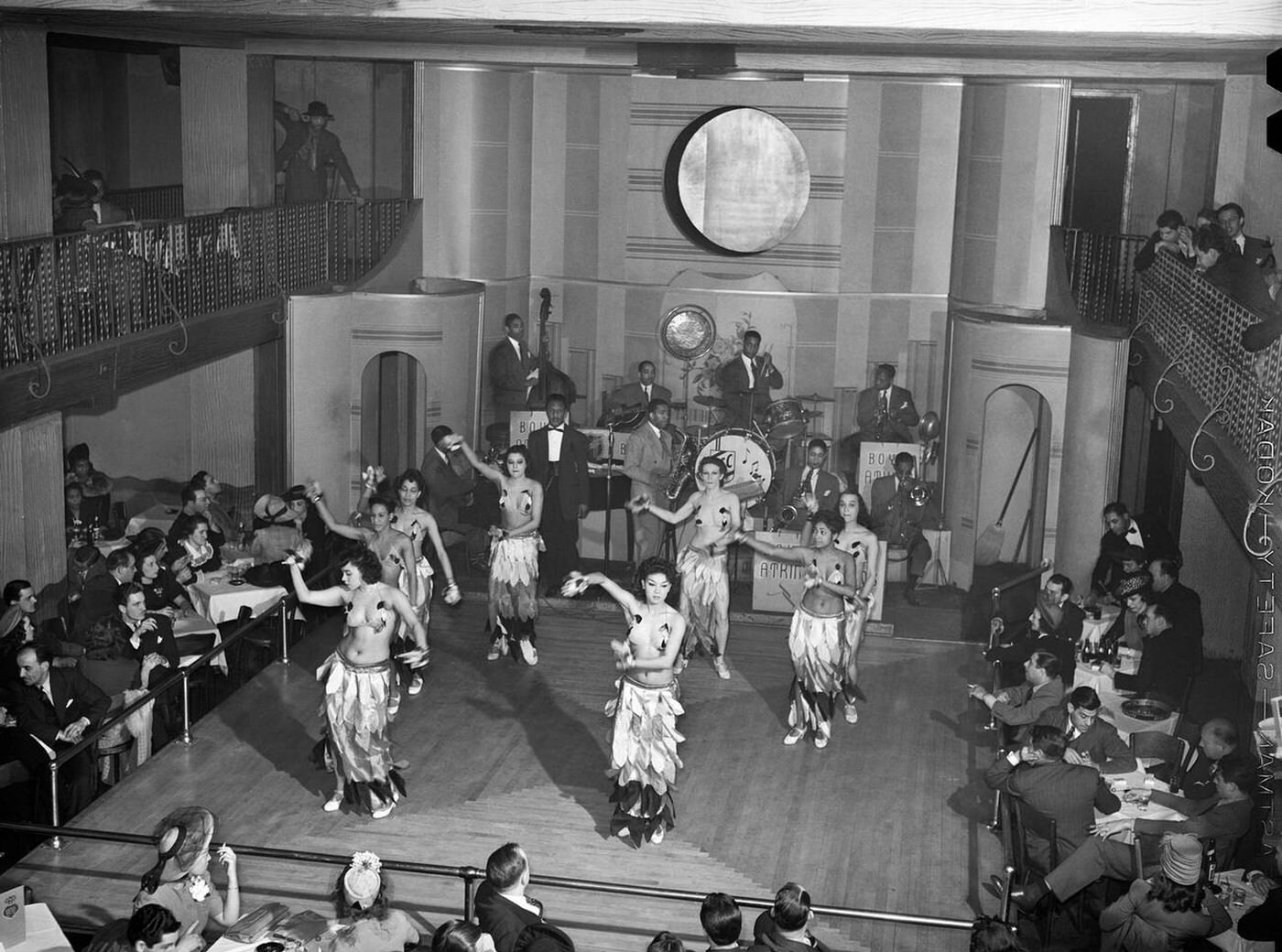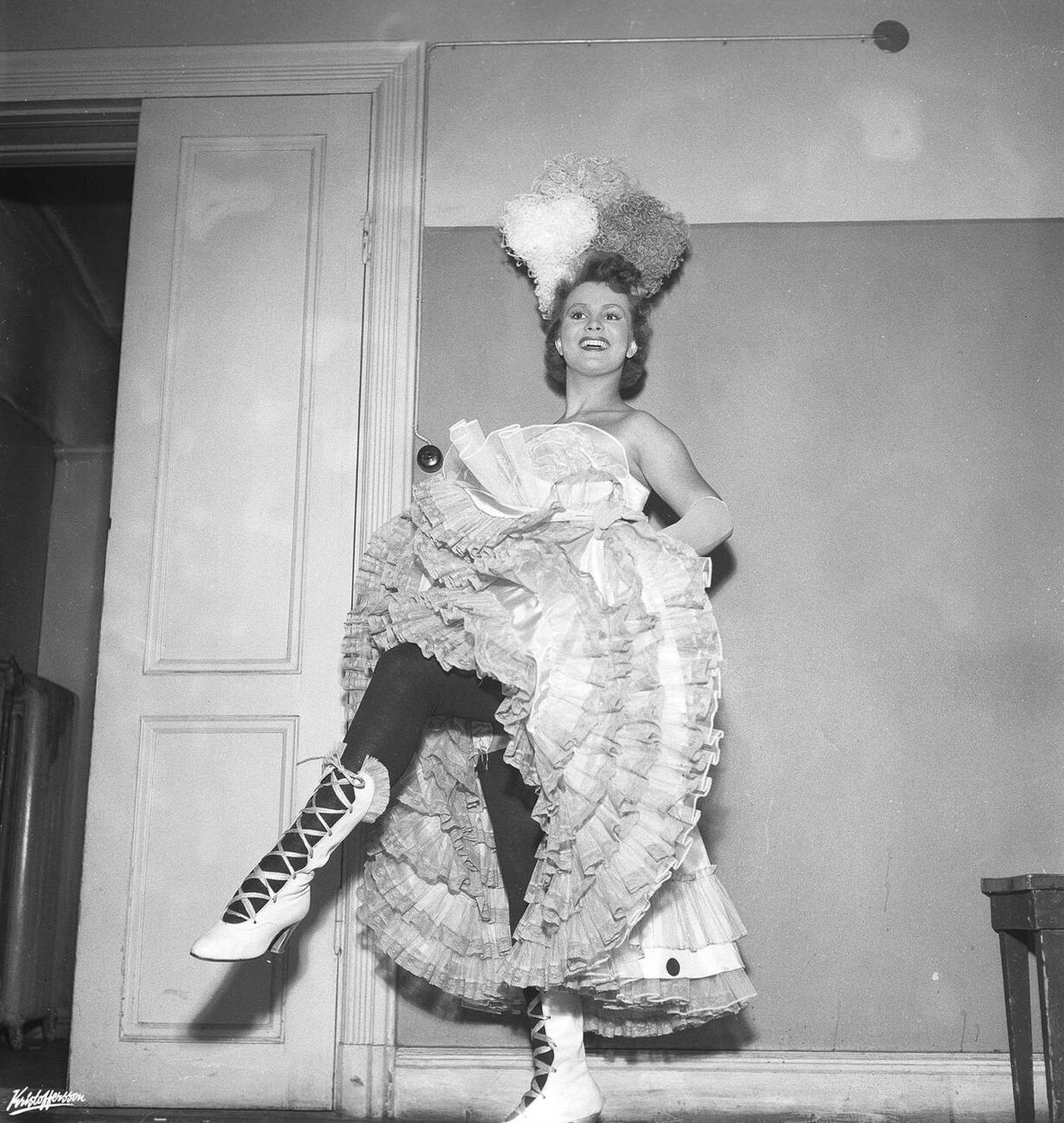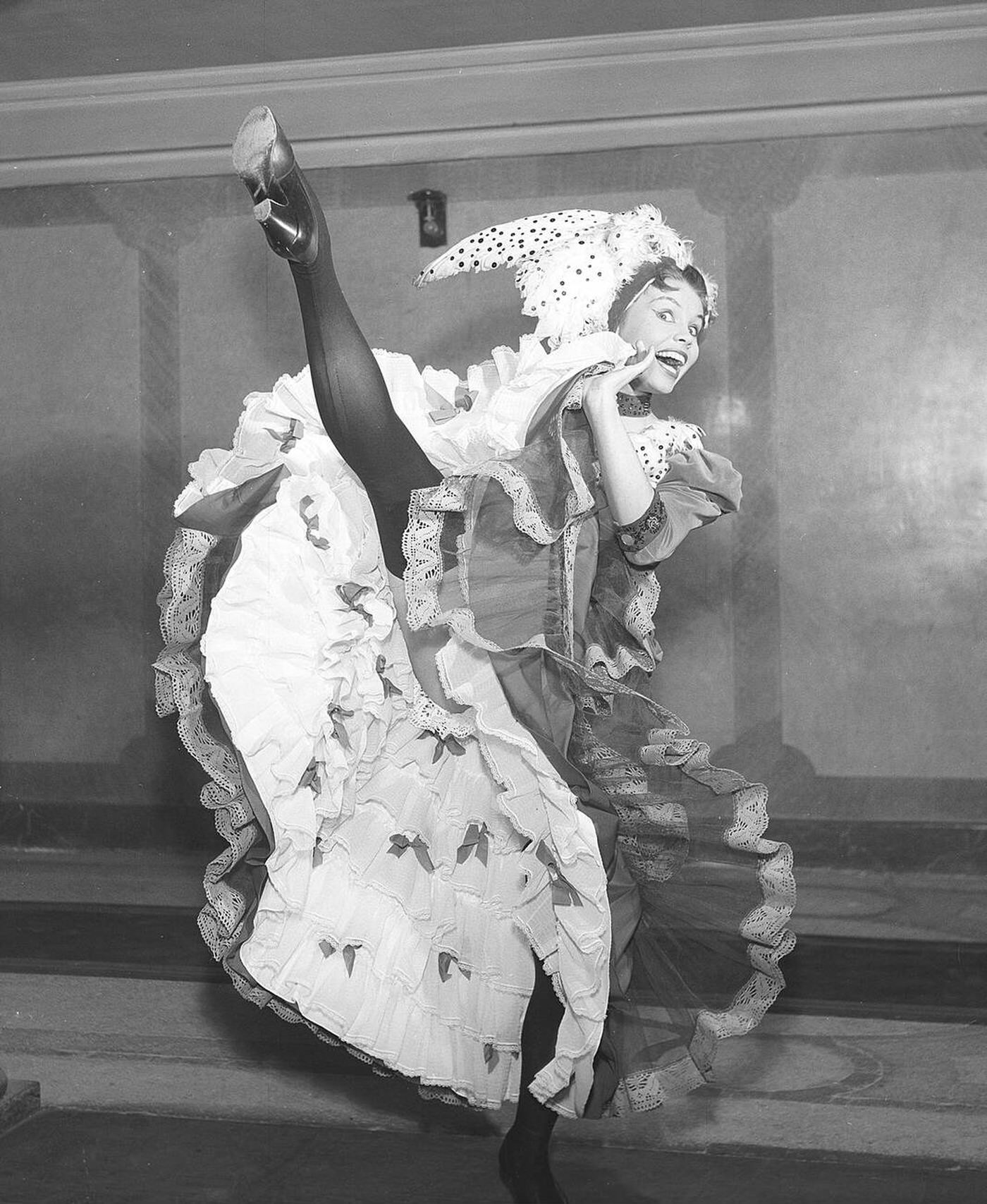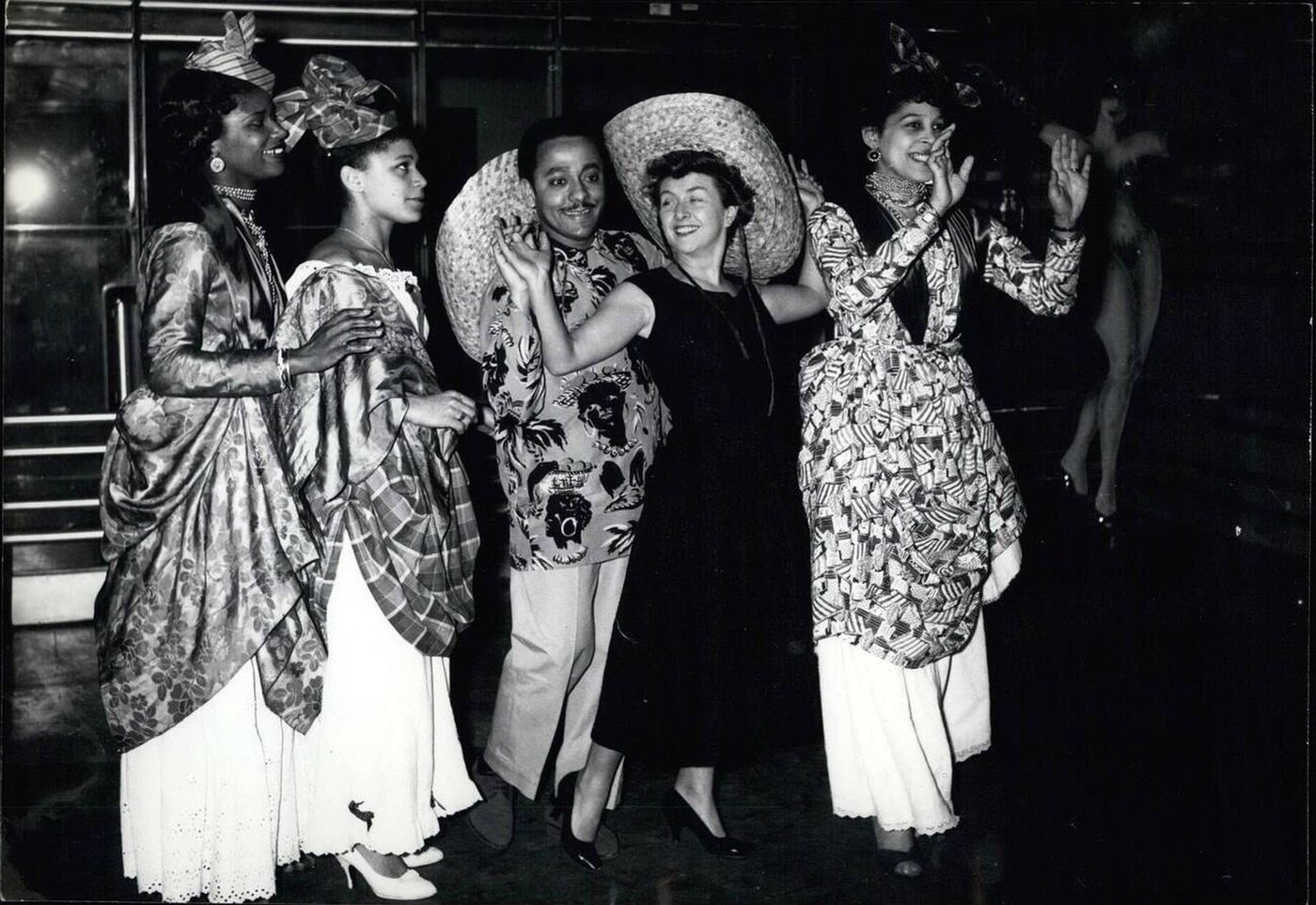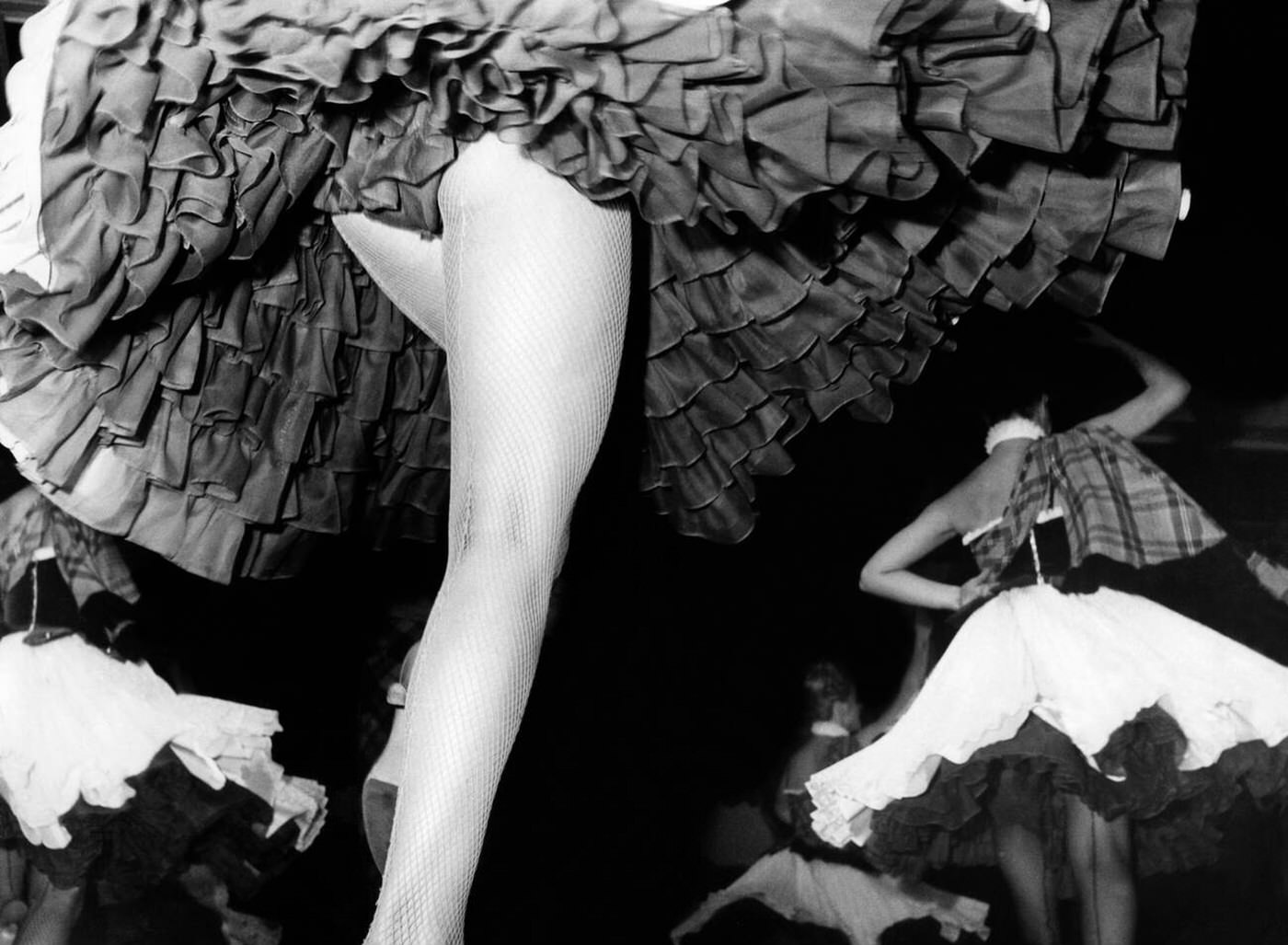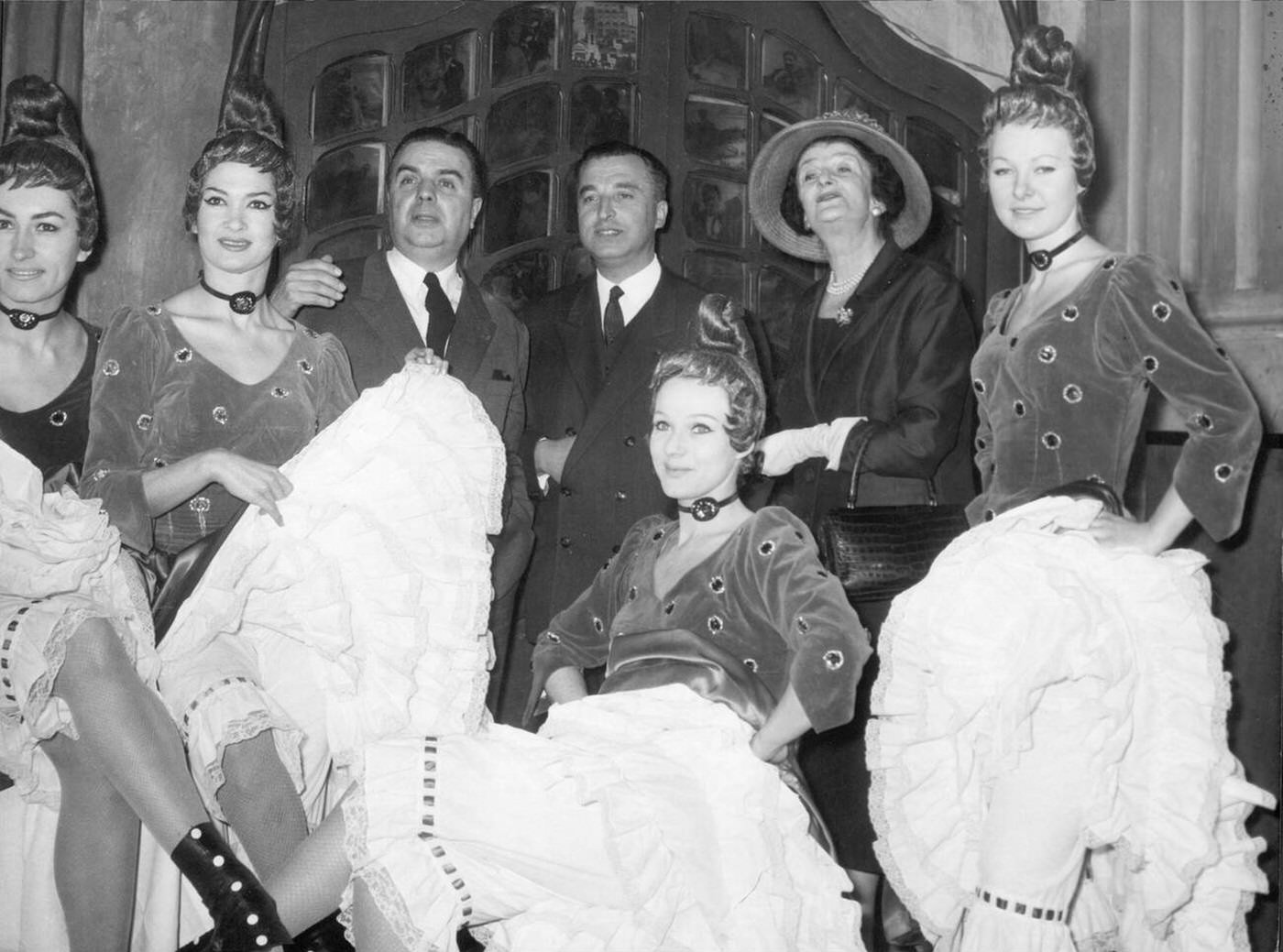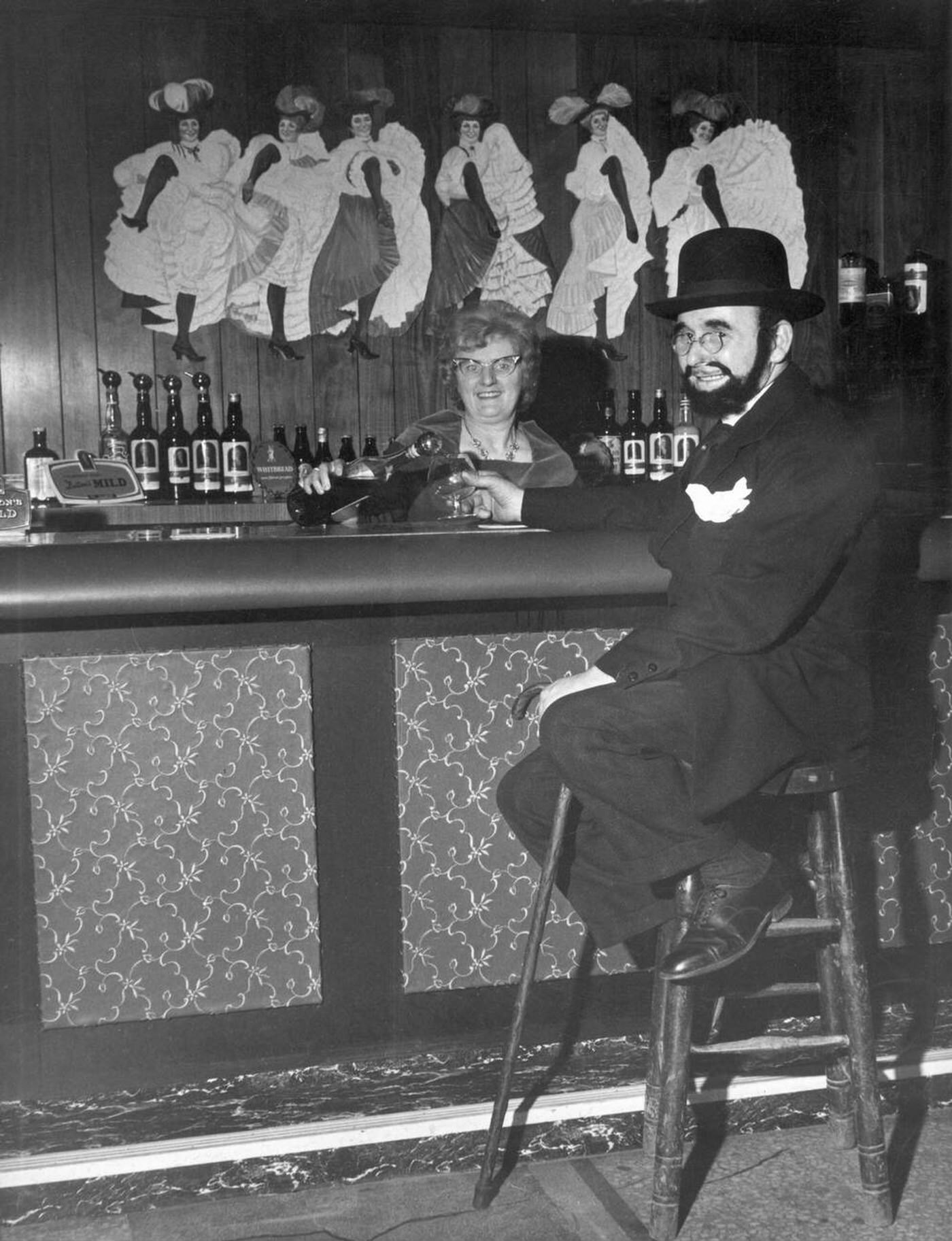Cabarets were popular entertainment spots in the early part of the 20th century. Unlike big theaters with large stages, cabarets were usually smaller clubs or restaurants. These venues offered audiences music, songs, comedy, and very importantly, dance performances up close.
The idea for cabaret started in France towards the end of the 19th century, around the 1880s. People wanted a place for less formal entertainment where artists could present songs, poems, and performances that were perhaps a bit different or more satirical. Dance quickly became a central part of many cabaret shows as the format grew.
Early 20th-century cabarets, especially in cities like Paris and later Berlin, often felt intimate. Performers were close to the audience, sometimes even moving among the tables. This created a unique connection you wouldn’t find in a large concert hall. These venues could be lively, noisy, and filled with energy, offering a different kind of night out.
Read more
Cabaret dancing itself wasn’t like traditional, formal ballet. It could be much more varied – sometimes energetic and playful, other times more expressive or dramatic. Dancers often had more freedom in their movements and styles compared to performers in established theaters. Styles ranged widely, including high kicks, fast steps, humorous dances, and routines that borrowed from different cultures, sometimes called “exotic” dances. Costumes were a huge part of the appeal, often being elaborate, colorful, and sometimes revealing for the era.
The dancers were key attractions, drawing crowds into these clubs. Many performers were women who used dance to express personality, style, and sometimes challenge conventions of the day. Cities like Paris, with famous spots like the Moulin Rouge or Folies Bergère, and later Berlin during the 1920s, became famous centers for exciting cabaret nightlife featuring talented dancers. These entertainers provided audiences with spectacle and amusement in these unique settings.
Cabaret dance performances took many forms. Audiences might see a captivating solo dancer who built a name for herself through skill and stage presence. There were also often groups of dancers performing synchronized routines, which people sometimes called chorus lines. Some acts incorporated specific themes, drawing inspiration from modern art, stories, or faraway lands, adding to the variety seen on cabaret stages.


